What is this white stuff in my beef stock?
jenswrens
10 years ago
Featured Answer
Sort by:Oldest
Comments (11)
calliope
10 years agoRelated Professionals
Ferndale Landscape Architects & Landscape Designers · Foothill Ranch Landscape Architects & Landscape Designers · Cedar Hill Landscape Contractors · Fishers Landscape Contractors · La Vista Landscape Contractors · Miller Place Landscape Contractors · National City Landscape Contractors · Pompton Lakes Landscape Contractors · Rockville Landscape Contractors · Whitehall Landscape Contractors · Winchester Landscape Contractors · Knoxville Roofing & Gutters · Portland Roofing & Gutters · East Norriton Roofing & Gutters · Mounds View Roofing & Guttersjenswrens
10 years agodigdirt2
10 years agojenswrens
10 years agocannond
10 years agojenswrens
10 years agodigdirt2
10 years agocannond
10 years agocannond
10 years agocalliope
10 years ago
Related Stories

DINING ROOMSBuilt-In Buffets Beef Up Dining Room Style
Call them sideboards or dining buffets. Stack on a china cabinet or not. No matter the style, these built-ins serve up sophisticated storage
Full Story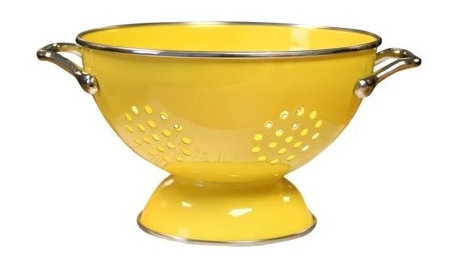
PRODUCT PICKSGuest Picks: The Well-Stocked Starter Kitchen
We’ve got all the kitchen basics and tableware you need (or that recent grad needs) to make cooking a joy
Full Story
FEEL-GOOD HOMEThe Well-Stocked Minimalist
The trick is to have just enough of the right stuff at home — no more, no less. Here’s how to do it
Full Story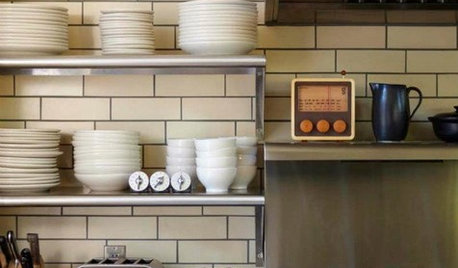
KITCHEN DESIGNCreate Your Own Checklist for a Well-Stocked Kitchen
Personalize the kitchen with your own must-haves from our list of top cooking tools, small appliances, pots, pans and more
Full Story
ORGANIZINGChecklists for a Well-Stocked Home
Thank-you notes, first-aid kit, clear glass vases ... It’s easy to go with the flow when you’ve got the items you need at hand
Full Story
FALL AND THANKSGIVINGSimple Pleasures: A Cozy Home in Cold Weather
Stock up on these treats and essentials to make even blustery days and snowed-in time feel special
Full Story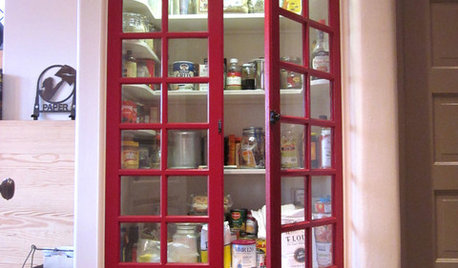
KITCHEN DESIGNStock Up on These Stylish Pantry Door Ideas
With this assortment of door options, a gorgeous pantry exterior is in the bag
Full Story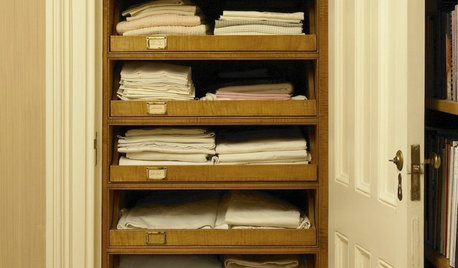
ORGANIZINGHow Much Stuff Is Enough?
Play the numbers game to streamline your belongings, for a neater home and a less-stressed you
Full Story
ORGANIZING21 Tips for Organizing Your Stuff
Restore order at home with these ideas for tidying up cupboards, shelves, doors and more
Full Story
ORGANIZINGStorage Tricks for Those Who Love Their Stuff
Get ideas for clearing the decks without getting rid of all the lovely things you want to keep around
Full Story





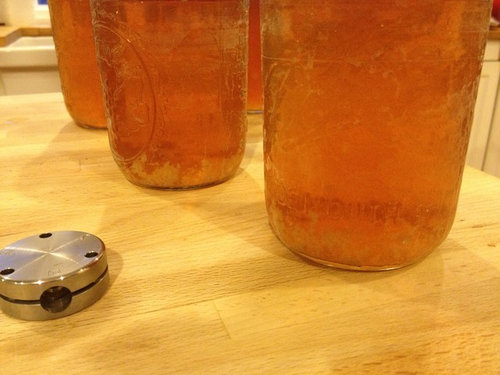
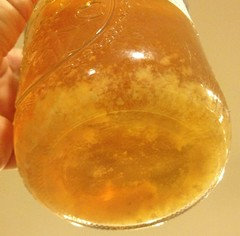
myfamilysfarm